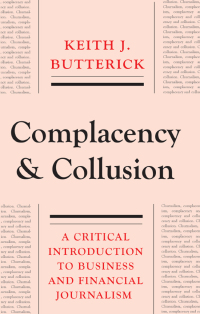Question
Answer the following questions (1) and (2), then fill in table (3). 1. After reviewing your work on the Traditional Costing and Activity-Based Costing panels,
Answer the following questions (1) and (2), then fill in table (3).
1. After reviewing your work on the Traditional Costing and Activity-Based Costing panels, which costing method would you recommend to WoolCo, and why?
Activity-based costing, because it recognizes differences in how each product uses factory overhead activities, yielding more accurate product costs.
Traditional costing, because it is a tried-and-true method used for the entire life of the company.
The company should use whichever method is the cheapest to implement.
Since both the methods give the same costs for each product, there is no advantage to either method.
Points:
0 / 1
Feedback
Check My Work
Review the data youve compiled, and think about which method would provide more accurate product costs.
Explanation
2. After reviewing your work on the Continue/Discontinue panel, should WoolCo continue (Alternative 1) or discontinue (Alternative 2) the rug yarn product line?
Discontinue (Alternative 2)
Continue (Alternative 1)
The company is indifferent between Alternative 1 and Alternative 2
Points:
0 / 1
Feedback
Check My Work
Which alternative is the most financially advantageous for WoolCo?
Explanation
3. The following table shows several business decisions that might need to be made across the top row. Along the left-hand column, there are important factors to consider.
Choose the factor(s) that are important to the decision. Check all that apply. If the factor is not important to any of the decisions, check the Not Important box.
| Lease or Sell | Sell or Process Further | Special Price Order | Make or Buy | Continue or Discontinue | Production Bottleneck A condition that occurs when product demand exceeds production capacity. | Not Important | ||
|---|---|---|---|---|---|---|---|---|
| Impact on regular prices | ||||||||
| Contribution margin per bottleneck hour | ||||||||
| Differential revenue The amount of increase or decrease in revenue expected from a particular course of action as compared with an alternative. is more than differential costsThe amount of increase or decrease in cost expected from a particular course of action compared with an alternative. | ||||||||
| Supplier price is less than WoolCos variable cost per unit | ||||||||
| Sunk costs A cost that is not affected by subsequent decisions. | ||||||||
| Robinson-Patman Act |
Step by Step Solution
There are 3 Steps involved in it
Step: 1

Get Instant Access to Expert-Tailored Solutions
See step-by-step solutions with expert insights and AI powered tools for academic success
Step: 2

Step: 3

Ace Your Homework with AI
Get the answers you need in no time with our AI-driven, step-by-step assistance
Get Started


